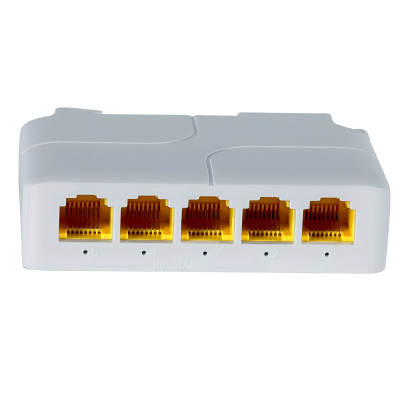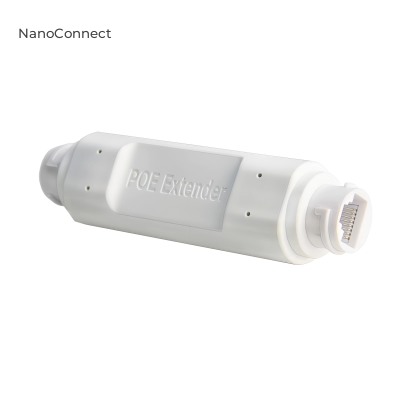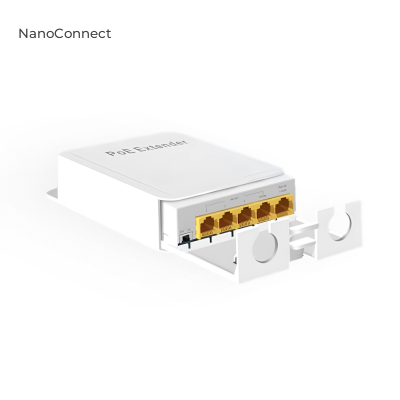PoE Equipment

Power over Ethernet (PoE) equipment - these are technical devices that support the standard for transmitting power over Ethernet cables in computer networks. This allows for powering connected devices such as IP cameras, Wi-Fi access points, VoIP phones, switches, and other network devices directly through the Ethernet interface. Transmitting power over Ethernet cables simplifies the process of installing and managing network equipment, reduces the number of required cables, and allows for powering devices even in remote locations without access to standard power outlets.
Network equipment is a set of technical devices and components designed to build, expand, and manage computer networks. It includes a wide range of devices used for creating, managing, and optimizing computer networks. This includes routers, switches, repeaters, signal amplifiers, access points, optical equipment, and many other devices that enable communication and data exchange between various devices in the network.
There are two main types of network equipment: active and passive.
Active network equipment:
- Active equipment has built-in power sources and active elements (such as microchips, processors) that process signals.
- Examples include routers, switches, network cards, Wi-Fi access points, concentrators, bridges, repeaters, etc.
- Active equipment typically has more capabilities for traffic management, data filtering, routing, etc.
- It requires constant power, which can be a disadvantage in case of power failure or unstable power supply.
Passive network equipment:
- Passive equipment does not require external power sources and does not have active elements for signal processing.
- Includes passive switches, patch panels, passive optical splitters, passive multiplexers, etc.
- This equipment is simpler in design, consumes less energy, and is less prone to failures due to the absence of active elements.
- Passive equipment is typically used for simple connections and signal transmission without extensive processing.
Overall, the choice between active and passive network equipment depends on the needs of your network, its size, traffic volume, and functional requirements. It is important to carefully consider the characteristics and requirements before purchasing equipment to ensure the efficiency and reliability of your network. For live consultation, please contact us using the contact information on our website.
We carefully select products to provide our customers with the best solutions for their network equipment needs. Order from NanoConnect and get affordable and professional network equipment for your home or business today!





